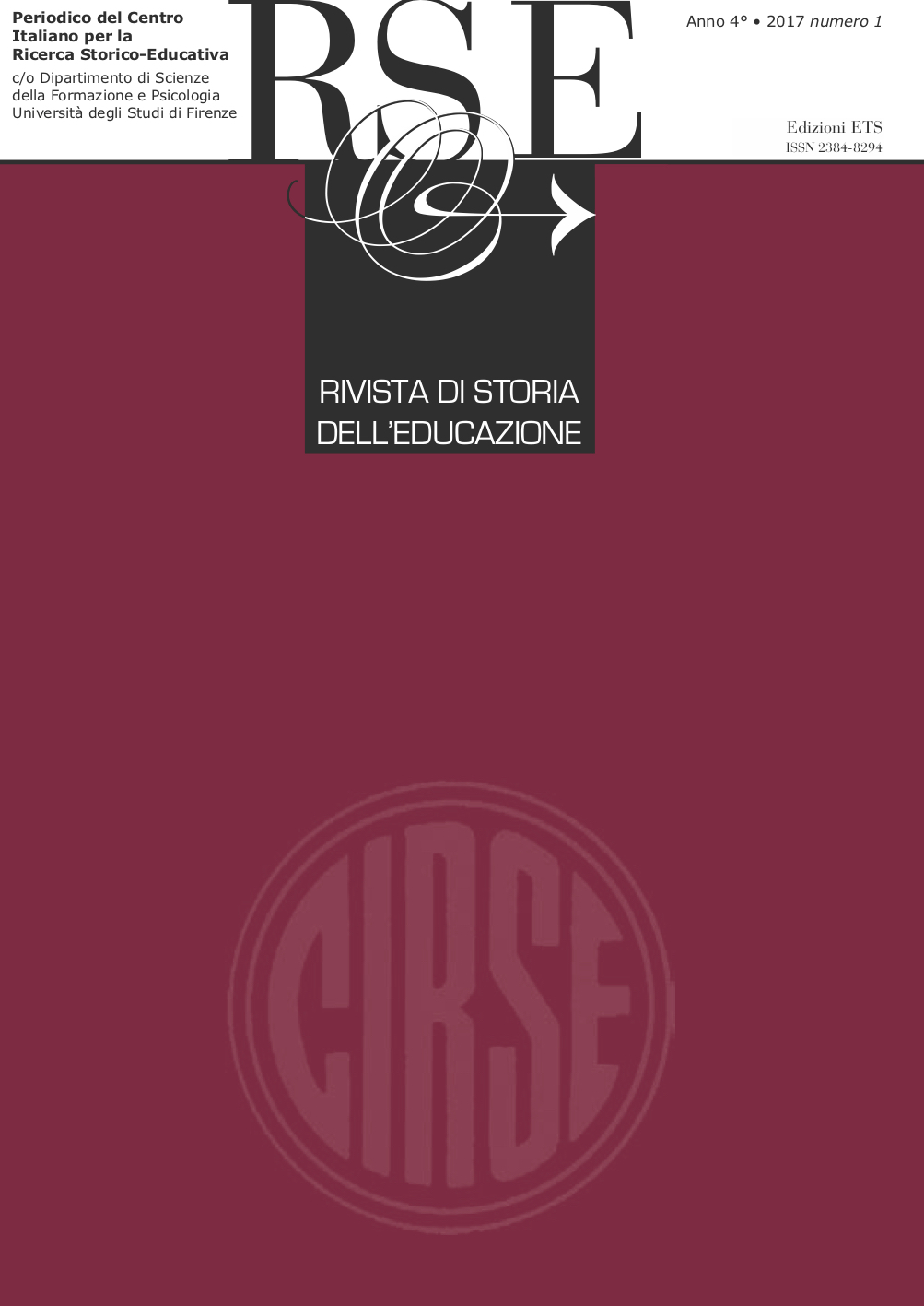Catholic education in elementary schools in Bosnia and Herzegovina during the Austrian-Hungarian period
Published 2018-12-03
Keywords
- different religions; new authority; confessional schools; pupils; Bosnia and Herzegovina
How to Cite
Abstract
This paper examines the presence of religious education in the school system in Bosnia and Herzegovina under the Austrian-Hungarian Empire. During the long domination of the Ottoman Empire, Bosnia and Herzegovina only had confessional schools which were built near the churches or mosques. In these schools children were taught how to read and write and the basics of mathematics. The priests were teachers in these schools. Religious education was a compulsory subject. When Austro-Hungary occupied Bosnia and Herzegovina, this country faced new challenges related to education. The new authority attempted to implement a new model of schooling so called inter-confessional schools. These schools were supposed to include children from three main religions (Catholic, Orthodox and Muslim). However, this attempt was rejected by the local population. The main reason was, that religious education was not a compulsory subject in these schools any more. Therefore, the government understood the situation and started to make moves more carefully. The teaching of religious subjects in schools was held as it was practiced before. The new authority attempted to educate children in the spirit of loyalty towards the Austro-Hungarian Monarchy, also including into the school practice ‘a school prayer’. Even though the Catholic and Orthodox confessional schools lost their battles with the state elementary schools and they gradually disappeared, Muslim schools continued to work because of their specificity. Therefore, the aim of this work is to identify how the authorities managed to promote religious education in the schools in Bosnia and Herzegovina and how the members of different religions were treated at that time. Special accent will be made on catholic education.

